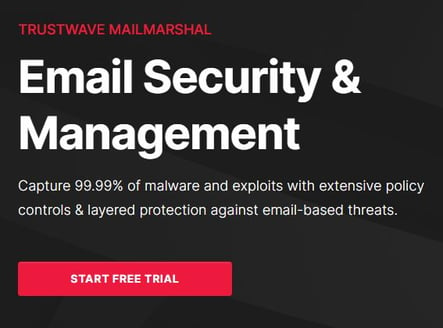
2024-7-20 04:9:44 Author: www.trustwave.com(查看原文) 阅读量:13 收藏
Trustwave SpiderLabs issued a warning that threat actors may attempt to take advantage of CrowdStrike’s software update that caused widespread outages by using the news as the center of a social engineering scheme to convince people to open malicious phishing emails or fall for other types of attacks. Using this news cycle is nothing new. Cybercriminals often attempt to exploit hot topics dominating the news cycles where they use the news to tempt targets into clicking on a malicious link or offering up vital information. Chad Sweet, Co-Founder and CEO of The Chertoff Group, whose affiliate The MC² Security Fund acquired Trustwave earlier this year, said on MSNBC, “Unfortunately. we're already seeing reports that bad actors are exploiting this moment, taking advantage of CrowdStrike customers.” Additionally, Trustwave CISO Kory Daniels shared, “The recent CrowdStrike outage underscores a growing concern: the potential for widespread disasters, either natural or digital, to serve as catalysts for criminal activity. When systems fail and chaos ensues, it creates ideal conditions for criminals to prey on the unique opportunity. History has shown us that these moments of disruption are often accompanied by a surge in criminal behavior. It's essential to recognize that the digital landscape, like the physical world, is susceptible to unforeseen events, and we must be prepared to defend against criminal acts that may follow.” This has happened with the Ukraine-Russia conflict, tax preparation periods, and even the Olympics as attackers exploit headlines to their advantage. This is done by crafting sophisticated social engineering attacks that pique a person’s interest through general curiosity, need, or fear. Cybercriminals are masters of manipulation. They understand that news events evoke strong emotions such as fear, curiosity, anger, or even excitement. These emotions can cloud our judgment and make us more susceptible to falling for their tricks. When looking at the current CrowdStrike situation, threat actors have several options, but all depend upon their targets, not only knowing what is going on but most likely being directly involved on some level. Here’s how they build their social engineering scheme: The actual attack will likely focus on phishing attacks: Phishing remains the most common method attackers use to gain access. As we all know, they send emails or text messages that appear to be from legitimate sources related to the news story. These messages often contain malicious links or attachments designed to steal personal information. In this case, likely centered on the CrowdStrike problem. These emails can be used to gather data, such as credentials or malware, that could give the threat group access to the target’s system. Another method cybercriminals use is to create fake websites mimicking news outlets or organizations involved in the story. These sites often ask for personal information or try to install malware. The most effective measure against phishing attacks is to stop them before they hit an employee’s inbox. Trustwave MailMarshal has decades of development, is easily deployed, and has an incredibly high success rate. MailMarshal: To safeguard against cybercriminals, organizations must prioritize email security and establish a comprehensive defense strategy to protect this vulnerable attack vector. Here are some essential measures to implement: By incorporating these measures into their email security strategy, organizations can significantly enhance their defenses and reduce the risk of falling victim to email-based attacks.How such an Attack is Planned
Trustwave MailMarshal Protects Against Phishing
Top Email Security Best Practices
Latest Trustwave Blogs
Trustwave Response: CrowdStrike Falcon Outage Update
Trustwave is proactively assessing and monitoring our clients who may have been impacted by CrowdStrike’s recently rolled-out update for its Windows users. The critical issue identified with...
Accelerating Value for Microsoft Defender XDR, Copilot for Security, and Sentinel
The unparalleled capabilities encapsulated within Microsoft Defender XDR, Copilot for Security, and Sentinel can be powerful when an organization knows how to expertly tap into these resources. The...
Trustwave Named in 2024 Gartner® Market Guide for Managed Detection and Response (MDR)
For the second consecutive year, Trustwave has been named a Representative Vendor in the 2024 Gartner® Market Guide for Managed Detection and Response.
如有侵权请联系:admin#unsafe.sh
